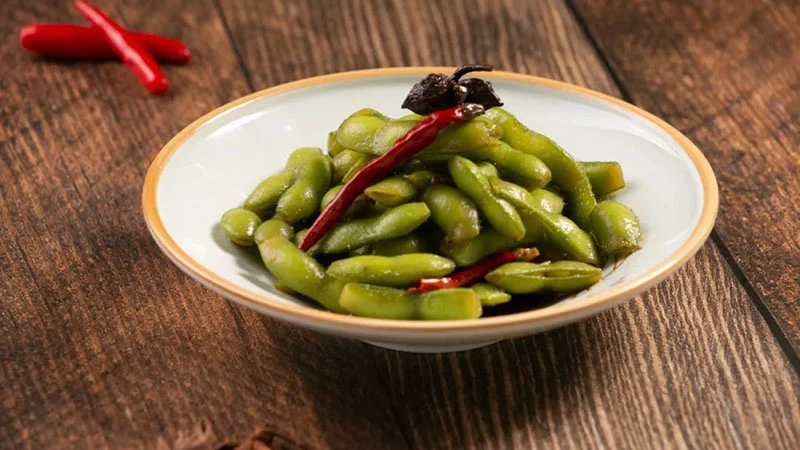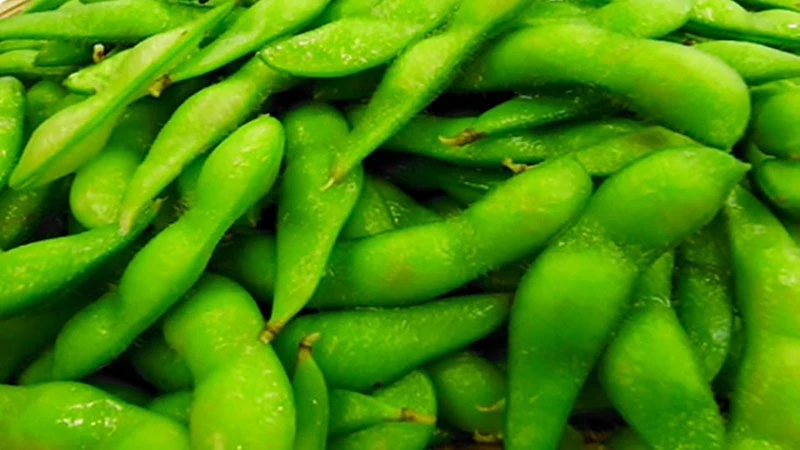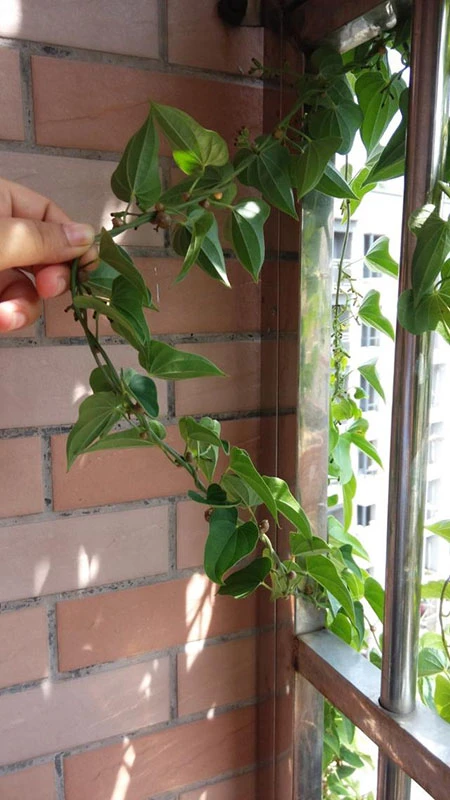In the heart of autumn, the humble green soybean and yam bean take center stage, adding splashes of green and brown to the season’s palette. Small yet packed with flavor, these beans are quintessential symbols of autumn’s abundance, their earthy colors and delicate shapes contrasting like yin and yang, each holding a unique character and story.
Green soybeans, also known as tea beans when picked early, transform as they reach maturity in autumn, taking on a deeper shade. By then, they’ve earned their seasonal title, “tea beans,” though the connection to tea is loose at best. Perhaps it’s the hint of green tea in their color or the autumnal warmth they evoke. However, the magic is truly in the process of enjoying them. Tea beans become almost playful, with their pods revealing polished, jade-like beans when opened. They’re a pleasure to eat, either alone or in various pairings that bring out their mild, nutty flavor.

These beans are often stir-fried with leafy radish tops or greens, a harmonious green-on-green that captures the season’s simplicity. The pairing is as satisfying as it is humble: the slight bitterness of radish greens finds balance in the green soybeans’ smooth texture, each bite carrying an earthy freshness. For a more elaborate dish, green soybeans pair perfectly with strips of green pepper, tender luffa gourd, or even meat, and they lend themselves beautifully to traditional dishes like lion’s head meatballs, offering a touch of autumn to these rich flavors.
Harvesting Beans, Harvesting Memories
Peeling green soybeans is a cherished ritual, with adults and children alike gathering to reveal the smooth, vibrant seeds within. Children watch in fascination as the beans pop out, rolling from the pod into a bowl, bright and lively. They soon join in, delighted by the feel of the beans slipping free under their fingers. This scene is immortalized in Chinese literature as a symbol of simple, carefree times. In “Village Opera”*(社戏), writer Lu Xun (鲁迅) describes children joyfully shelling beans on a boat, where the air is filled with laughter and the satisfying sounds of pods opening and beans dropping into waiting hands.
After the last pod is shelled and the meal prepared, the joy of eating is often brief, the dish quickly devoured at the family table. Yet, this fleeting pleasure is enough to make each bean a small reminder of the season, leaving an impression that lasts long after the plate is empty. In his writings on food, writer Wang Zengqi (汪曾祺) describes how his father would stir-fry green soybeans with small green peppers, add a dash of soy sauce and sugar, and let them cook until the broth thickened. Once dried, the dish would be stored in a small jar to accompany a glass of wine, providing enjoyment that lingered across a few days, rather than disappearing in a single sitting.
As midday gives way to afternoon, green soybeans make way for their quirky cousin, the yam bean. These small, kidney-shaped beans dangle like beads along the yam vine, hanging from fences or the branches of nearby trees. Each yam bean holds a unique charm, a smooth, earthy taste that evokes the spirit of autumn.
According to The Compendium of Materia Medica (本草纲目), yam beans are the hardy offspring of the yam vine. They mature with the season, then fall to the ground, ready to grow anew. In small town and countryside settings, you’ll find them on street stalls, their skins crackled and tempting. They may be boiled and peeled, their flavor delicate yet distinct, unmatched by any other root vegetable. For those with a sweet tooth, yam beans also make a unique treat known as “sugar snowballs.” After boiling, the beans are tossed in syrup and rolled in sesame seeds, creating a delicate coating that crackles with each bite.
In the old city, yam beans climb along stone walls, stretching upward with a little guidance from grass twine, while in the countryside, they wrap around trees or bamboo fences, growing freely. The sight of these vines, studded with earthy beans, is as much a part of the season as the beans themselves, a quiet reminder of autumn’s gentle progression.



